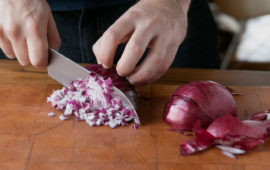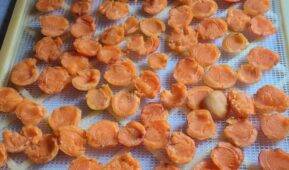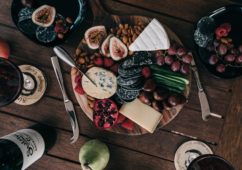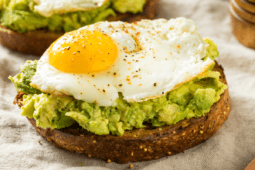The Ultimate Guide To Food Prepping
Food preparation is an essential part of a healthy lifestyle. Whether you’re a seasoned chef or a novice cook, proper food prep can help you save time and money and ensure that you’re consuming nutritious meals.
From chopping vegetables to marinating meats, various techniques and tools can help make the process easier and more efficient. Let’s explore the benefits of food prep and provide tips on how to streamline your meal preparation routine.
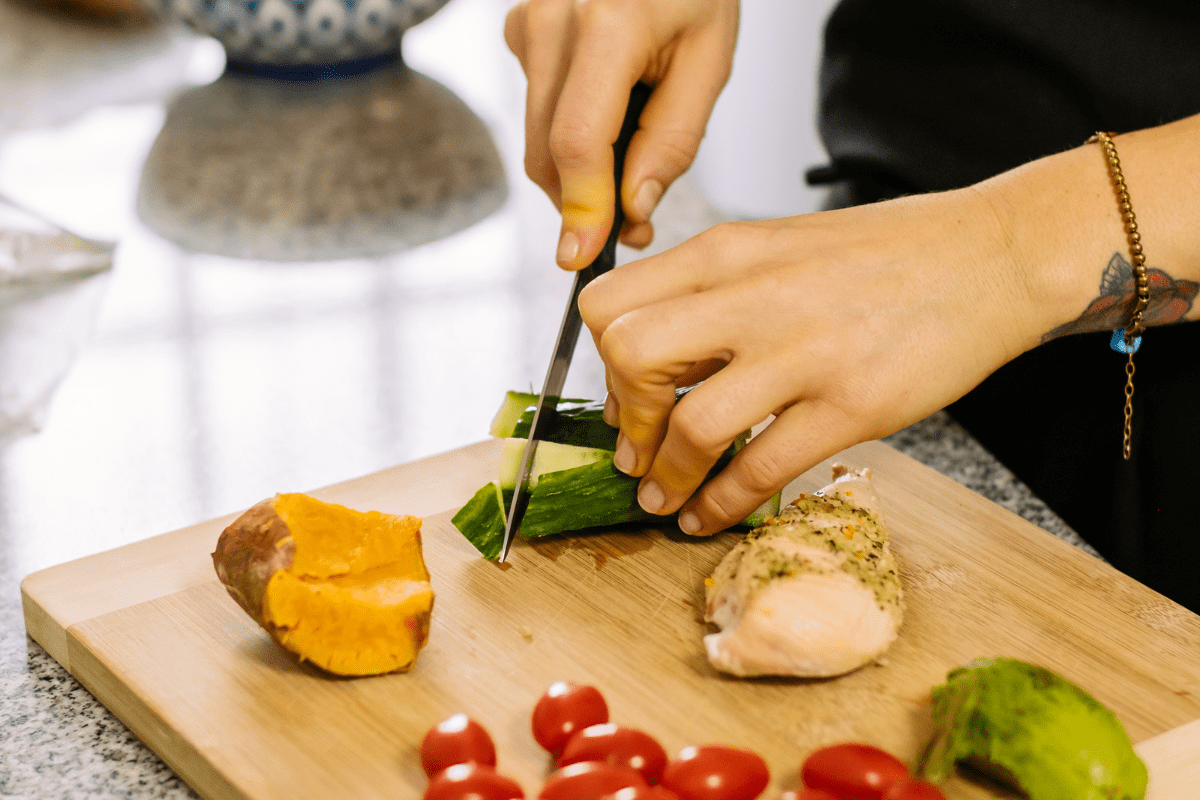
Tools and Materials
First, it’s important to have the right tools. You’ll need containers to store your prepped food in. You’ll need a good set of knives, a cutting board, and measuring cups and spoons.
Containers
Considering your containers might be one of the most important decisions when it comes to food prep. Choosing the right container is just as important as the ingredients and tools you use. There are a variety of containers available, each with its own benefits and limitations.
Glass
Glass containers are a popular option due to their durability and ability to withstand high temperatures, making them ideal for oven use (and they come in affordable multipacks!). They are also non-toxic, dishwasher safe, and do not retain odors or stains. The downside is they’re heavier than typical Tupperware, and there is a higher risk of breaking them due to their material.
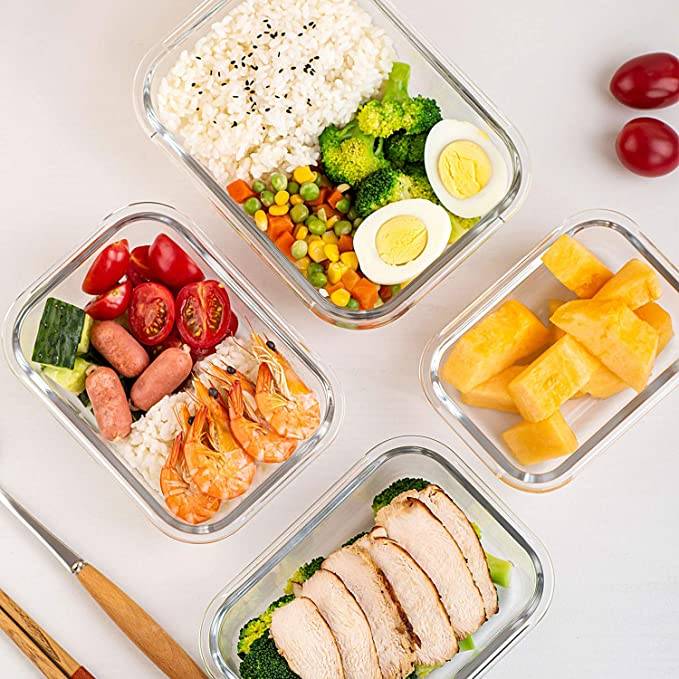
Plastic
Plastic containers are lightweight and come in a variety of shapes and sizes, making them convenient for storing and transporting food. They are also relatively inexpensive and easy to replace. However, some plastic containers may contain harmful chemicals that can leach into the food, especially when exposed to heat or acidic foods. To avoid some of those concerns, be sure that you aren’t reheating food in the same Tupperware it was stored in. This will reduce the risk of harmful chemicals leaching in.
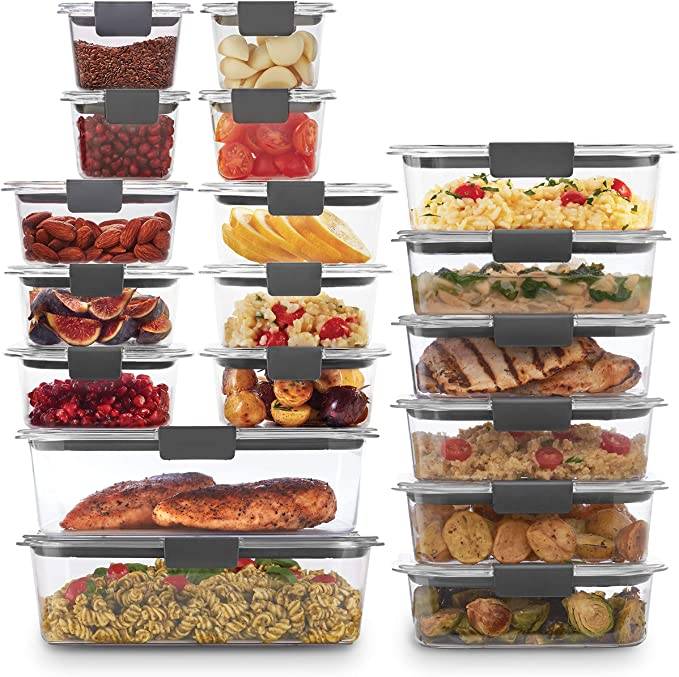
Stainless Steel
Stainless steel containers are durable, non-toxic, and easy to clean. They are also able to keep food hot or cold for extended periods of time. However, they can be more expensive than other types of containers and may not be suitable for oven use.
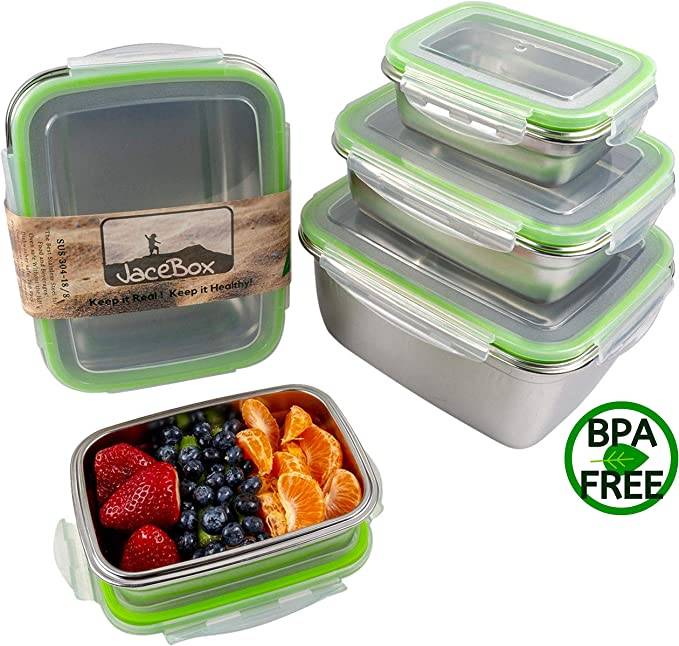
Silicone
Silicone containers are flexible and easy to store, making them ideal for small kitchens. They are also non-toxic, dishwasher safe, and can withstand high temperatures. However, they may not be as durable as other types of containers and may retain odors or stains.
When choosing a container for food preparation, it is important to consider the type of food being stored and any potential health risks associated with certain materials. It is also important to properly clean and maintain containers to prevent the growth of harmful bacteria. Ultimately, the choice of container will depend on personal preference, convenience, and budget.
Meal Plan
Next, decide what you want to prep. It’s a good idea to start with a meal plan for the week. This will help you stay organized and ensure you have everything you need. When choosing recipes, look for ones that are easy to make and can be stored for a few days.
To get started, create a list of meals that you want to eat throughout the week. Next, check your pantry, fridge, and freezer to see what ingredients you already have. Then, make a shopping list of the ingredients you need to buy.
When planning your meals, try to incorporate a variety of food groups, such as fruits, vegetables, whole grains, and proteins. This will help ensure that you are getting all the necessary nutrients your body needs. You can also save time by cooking larger portions and having leftovers for lunch or dinner the following day.
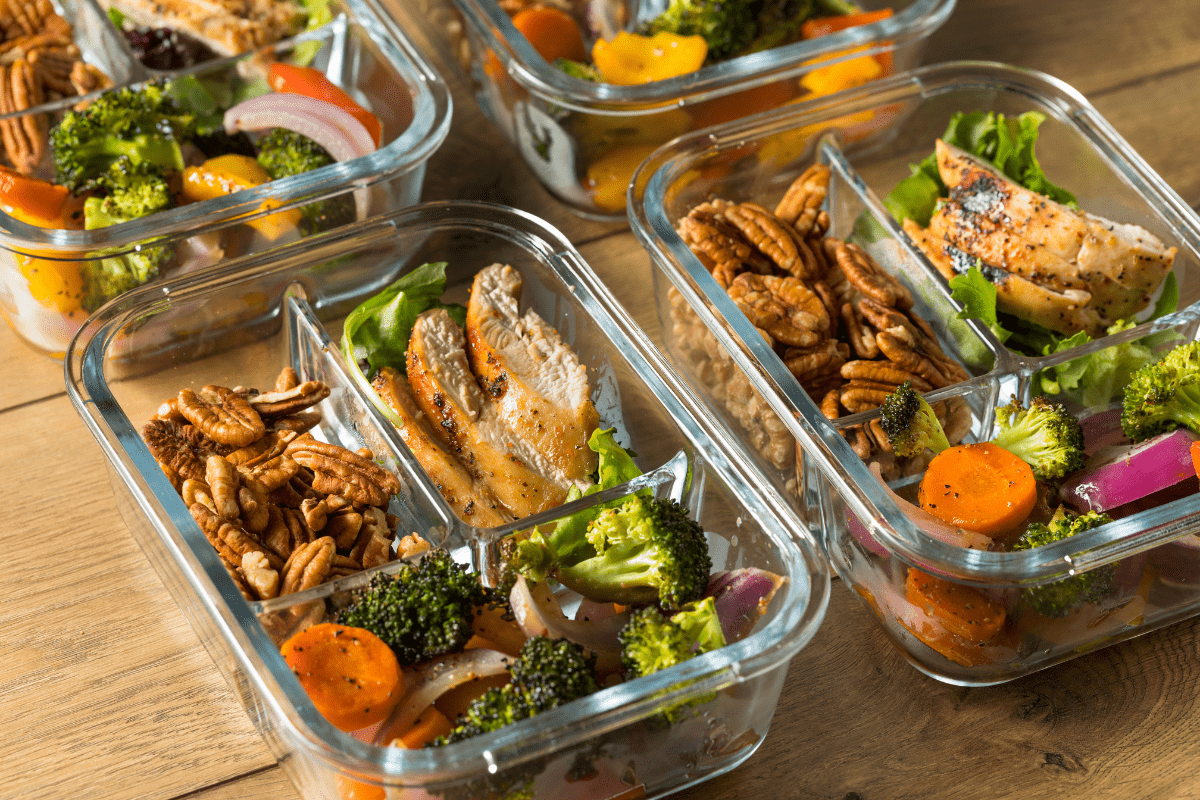
It can be helpful to designate a specific day for meal planning and grocery shopping, such as Sunday. This will help you stay organized and prepared for the week ahead.
Another tip is to take advantage of seasonal produce and sales at your local grocery store. This can help you save money and also add variety to your meals. Don’t forget to also consider your schedule when meal planning. If you know you’ll be busy on a certain day, plan for a quick and easy meal or consider using a slow cooker.
Food Prep and Pack
When prepping your food, start with the items that take the longest to cook. For example, if you’re making roasted veggies and chicken, start by cooking the chicken first. While it’s cooking, you can chop your veggies and get them in the oven.
Once your food is cooked and cooled, it’s time to pack it up. Divide your meals into individual containers and label them with the date they were prepped. This will help you keep track of what needs to be eaten first.
When it comes to storing your prepped food, the fridge is your friend. Most prepped food will last 3-4 days in the fridge. If you need to store it longer, try freezing it. Just make sure to use freezer-safe containers.
Quick Tips
- Plan ahead and create a meal plan for the week.
- Make a grocery list and stick to it to avoid overspending.
- Invest in good quality food storage containers.
- Cook in bulk and portion out meals for the week.
- Prep ingredients in advance, such as chopping vegetables or marinating meat.
- Use versatile ingredients that can be used in multiple dishes.
- Label and date your prepped food to ensure freshness.
- Store meals properly in the refrigerator or freezer.
- Clean as you go to avoid a big mess at the end.
- Don’t be afraid to experiment with new recipes and flavors.
Food prepping can be a game-changer when it comes to staying on track with your health goals. With the right tools and a little bit of planning, you can save time and money while enjoying delicious, healthy meals. Happy prepping!

